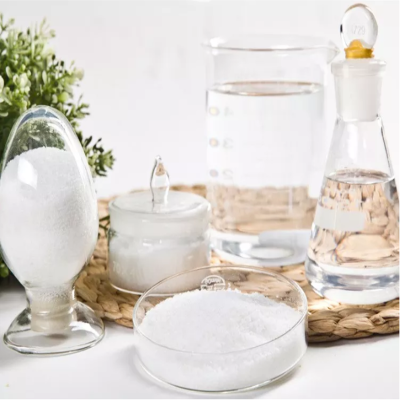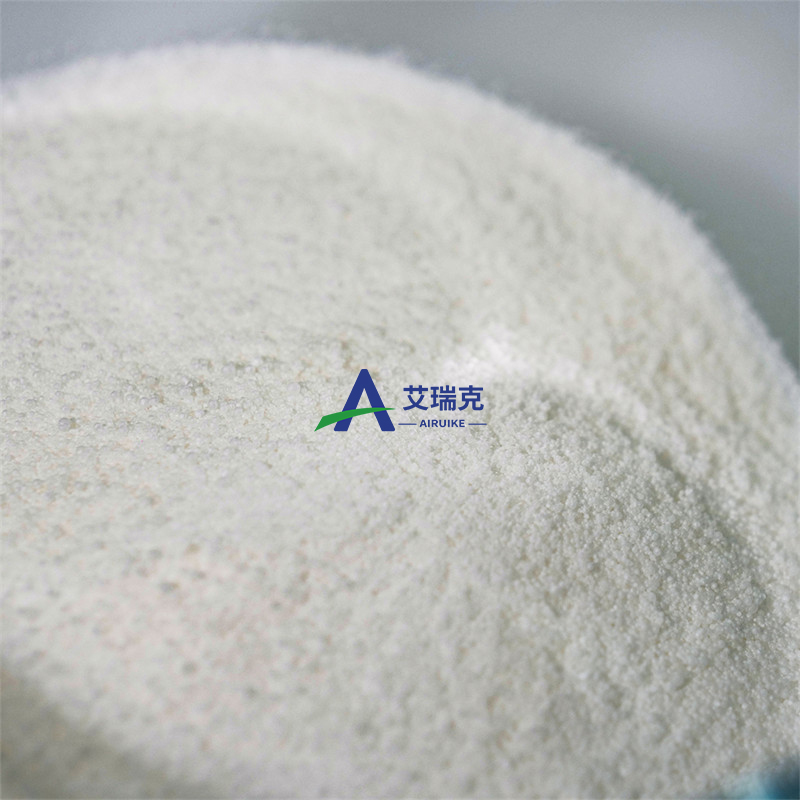Cosmetic Ingredient
- • Abrasive (124)
- • Absorbent (84)
- • Anticaking (66)
- • Anticorrosive (25)
- • Antifoaming (19)
- • Antimicrobials (290)
- • Antioxidant Ingredient (393)
- • Antiperspirant (20)
- • Antiplaque (48)
- • Anti-seborrheic (38)
- • Anti-sebum (39)
- • Antistatic (458)
- • Astringent (162)
- • Binding Agent (172)
- • Bleaching Agent (53)
- • Buffering (191)
- • Bulking (109)
- • Chelating (122)
- • Cleansing (679)
- • Cosmetic Colorant (212)
- • Cosmetic Preservative (158)
- • Denaturant (45)
- • Deodorant (98)
- • Depilatory (27)
- • Dissolving Agent (298)
- • Emollient (795)
- • Emulsifying Agent (480)
- • Emulsion Stabilising (154)
- • Exfoliating (19)
- • Film Forming (299)
- • Flavouring (72)
- • Foam Boosting (161)
- • Foaming (101)
- • Fragrance Ingredient (726)
- • Gel Forming (19)
- • Hair Conditioning (670)
- • Hair Dyeing (363)
- • Hair Fixing (36)
- • Hair Waving or Straightening (45)
- • Humectant (282)
- • Hydrotrope (92)
- • Keratolytic (20)
- • Light Stabilizer (80)
- • Moisturising Agent (50)
- • Nail Conditioning (42)
- • Occlusive (20)
- • Opacifying (119)
- • Oral Care (123)
- • Oxidising (19)
- • Perfuming (2105)
- • Plasticiser (98)
- • Propellant (19)
- • Reducing (50)
- • Refatting (12)
- • Refreshing (26)
- • Skin Cleansing (388)
- • Skin Conditioning (1751)
- • Skin Humectant (21)
- • Skin Protecting (282)
- • Smoothing (31)
- • Soothing (71)
- • Tonics (155)
- • UV Filter (34)
- • Viscosity Controlling (532)
Chemicals as Skincare Ingredients
Related News
-
Price Surge Alert as Major Suppliers Increase Barium Sulfate Costs by 200 Yuan per Ton
2025-03-20 -
Shell Considers Partnering with the U.S. and Closing European Chemical Assets
2025-03-26 -
Quaker Houghton Acquires Dipsol Chemicals, Strengthening Advanced Solutions Portfolio
2025-03-27 -
AstraZeneca to Invest $2.5 Billion to Establish Global Drug R&D Center in Beijing
2025-03-25 -
Saudi Aramco CEO: Invest in downstream projects in China's energy, chemical and other fields
2025-03-28 -
Dow's Silicones Downstream Expansion Project in Zhangjiagang Launches and Drives Market Innovation
2025-03-21
Light Stabilizer
4-Aminobenzoic acid
(150-13-0)-
cosmetic grade / 99%
-
Cosmetics Grade / 99.5%
$1-1.2/MT FOB
-
Industrial Grade / 99%
-
Request for quotation , get quotes from more suppliers.
4-Methylbenzophenone
(134-84-9)-
Industrial grade / 99%
-
- / 0.00%
-
- / 99.00%
-
Top Product / 0%
Request for quotation , get quotes from more suppliers.
4-(Dimethylamino)benzoic acid 2-ethylhexyl ester
(21245-02-3)-
cosmetic grade / 99%
-
Cosmetic Grade / 99%
-
National Grade / 99%
-
- / 99.00%
Request for quotation , get quotes from more suppliers.
-
cosmetic grade / 99%
-
![4-((4,7,7-Trimethyl-3-oxo-bicyclo(2.2.2)hept-2-ylidene)methyl)benzenes ulfonic acid buy 4-((4,7,7-Trimethyl-3-oxo-bicyclo(2.2.2)hept-2-ylidene)methyl)benzenes ulfonic acid]()
Industrial Grade / 99%
-
![4-((4,7,7-Trimethyl-3-oxo-bicyclo(2.2.2)hept-2-ylidene)methyl)benzenes ulfonic acid buy 4-((4,7,7-Trimethyl-3-oxo-bicyclo(2.2.2)hept-2-ylidene)methyl)benzenes ulfonic acid]()
-
![4-((4,7,7-Trimethyl-3-oxo-bicyclo(2.2.2)hept-2-ylidene)methyl)benzenes ulfonic acid buy 4-((4,7,7-Trimethyl-3-oxo-bicyclo(2.2.2)hept-2-ylidene)methyl)benzenes ulfonic acid]()
Industrial Grade / 99%
Request for quotation , get quotes from more suppliers.
More Information
Light stabilizers are additives used to protect materials such as plastics, coatings, and textiles from the harmful effects of UV radiation. Exposure to sunlight can lead to degradation and discoloration of these materials, compromising their appearance and mechanical properties.
Light stabilizers serve as a shield against UV radiation, preventing premature aging and degradation of the material. They work by absorbing UV light and dissipating it as harmless heat or by inhibiting the photochemical reactions that cause degradation. Incorporating light stabilizers into formulations ensures the longevity and aesthetic appeal of the final product, maintaining its color, strength, and overall performance even under prolonged exposure to sunlight.
Common types of light stabilizers include:
•UV absorbers
•Hindered amine light stabilizers (HALS)
•Quenchers





















